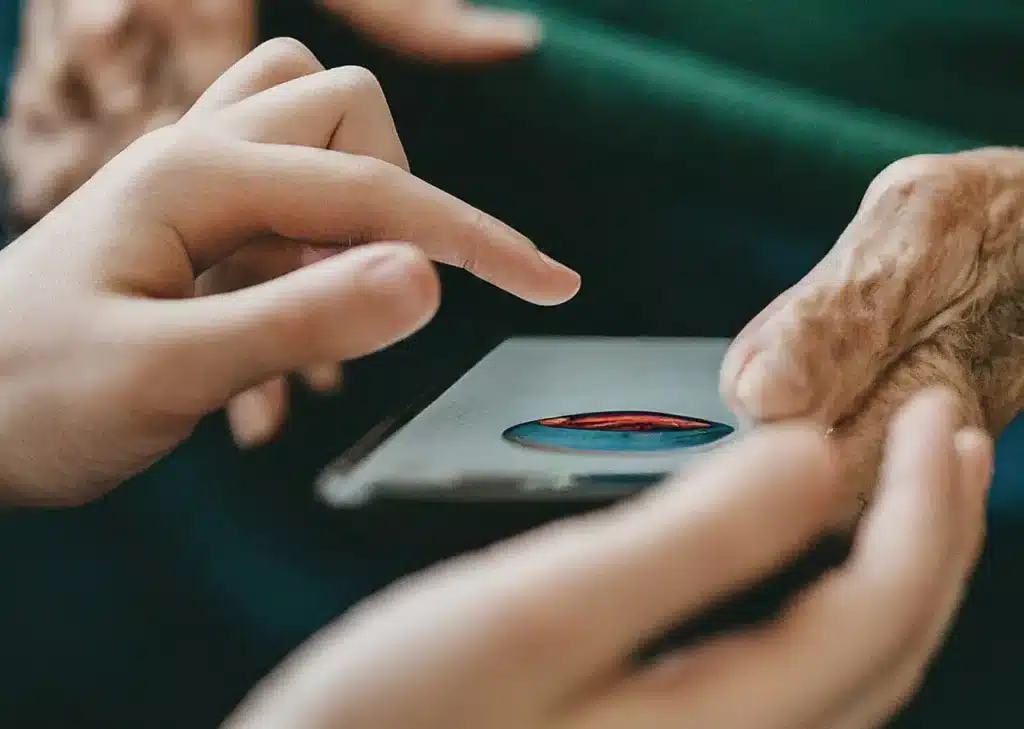
The past two years have undoubtedly shaken up the way I approach teaching. Beginning the 2020–2021 school year virtually produced many daunting questions. How could I build community? How could I create opportunities for my students to be engaged in my reading intervention class? How could I keep growing my reinforcing teacher language (an ongoing area of growth for me)?
Who knew apps would come to my rescue! During the pandemic, educators have been inundated by all the fancy bells and whistles of online apps. Because I was initially hesitant about my tech skills, I decided to focus on just a couple: Mote and Padlet. These apps were first introduced in the virtual classroom, but when we returned in person they also allowed teachers and students in our school to maintain social distancing protocols while continuing to grow our community and reading skills.
Mote allows educators to record thirty-second voice comments that can be added to shared documents. The app also transcribes the recording into text so students have the option to listen to or read the comment. I use Mote to add comments to students’ work on Google Docs and Google Slides. This helps me personalize feedback while grading. For example, I might add a reinforcing comment like “Good readers are able to use text details to support a key idea. You shared details about household decorations with a Halloween theme to support the setting taking place during autumn.”
Mote has been a game changer for me as I continue to refine my reinforcing language. I love to talk, so being concise with my teacher language is always a growth area for me. Mote was the spark of refinement this chatterbox needed! Mote’s thirty-second time limit ensured my comments were short and precise. As my reinforcing language skills improved, I noticed my students’ abilities were growing as well. Students rambled less and scanned the text for details more, which strengthened their reading and writing skills.
Padlet is an app that students and educators can use to upload and share text, images, videos, and other documents onto virtual boards that update in real time as content gets added. I was initially anxious about how I would keep students safe while also giving them the opportunity to be active, interact around content, and practice SEL skills. Adapting interactive learning structures using Padlet made it possible to create those opportunities while still maintaining a healthy social distance.
Adapting interactive learning structures using this app also strengthened the bonds of our learning community by helping students get to know each other. When students respond to a prompt on Padlet, they can alter their font and add images and GIFs. These features give voice to students’ unique personalities. Similarly, the like button and star rating features allow students to interact with each other’s responses while also practicing making connections and agreeing or disagreeing.
As a teacher, I know so much more about my students from the reasons, examples, details, and connections they share on Padlet on a daily basis than I ever could have learned solely through conversation or observation. Students’ abilities to find specific details and examples in their independent reading has increased as well. Using Padlet turns their brains on to specifics, so when it’s time to read they are already geared toward finding specific details.
Even once classrooms return to normalcy, I know that I will continue to use these two apps for years to come! They have shown me that I can honor Responsive Classroom practices in this new world with the aid of a few well-chosen additions to blended learning environments.
Written by Christine Diaz